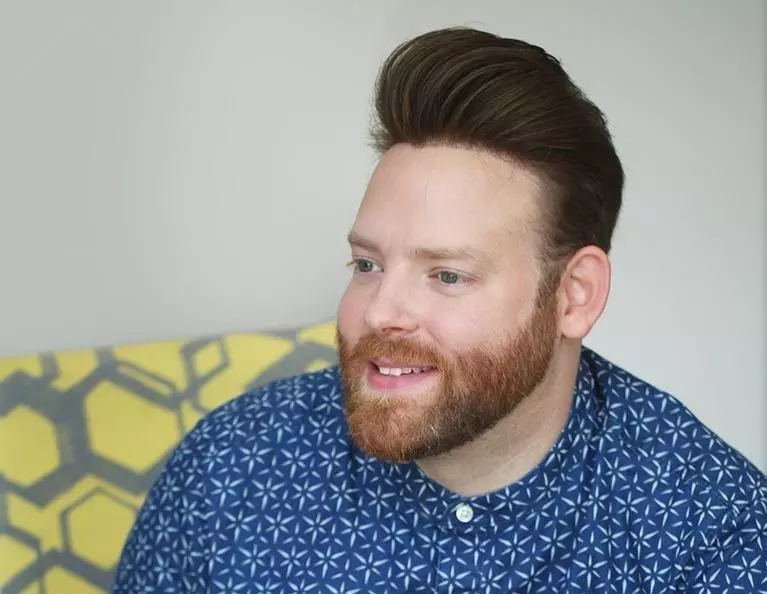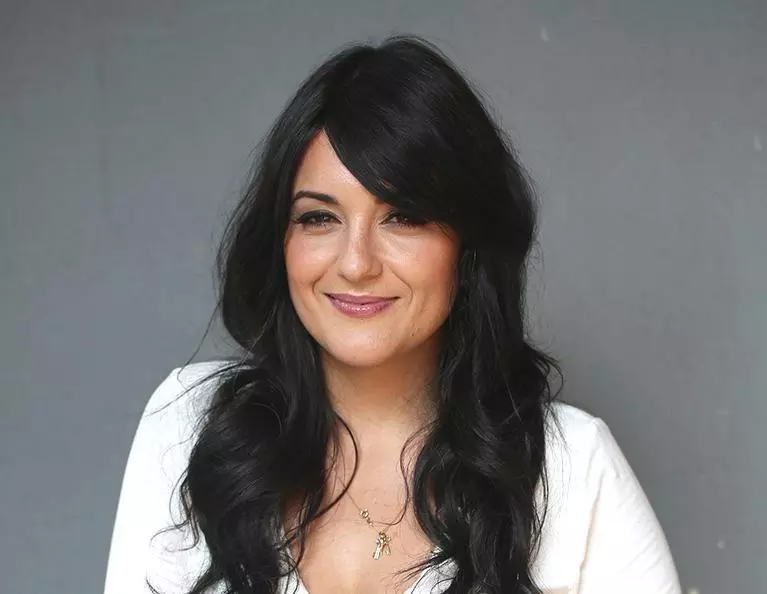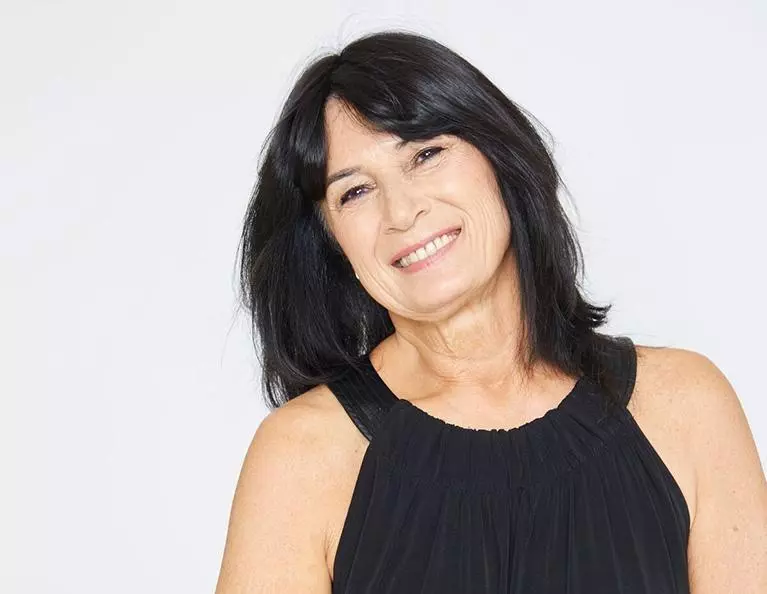Have you heard the saying that hair changes every seven years? If so, you are not alone. If you look back over the course of your life, you may be able to pick out more than a few styles and looks that you have had. Look closer at your actual hair, though. Has your hair changed? Is it thinner or thicker? Perhaps it is more wavy than it is curly now. You may have hair that seems to have a different texture, too. Is this really an indication that your hair changes throughout your lifetime? Let's consider a bit about the science.
What Is the Hair Growth Cycle?
To understand what the changes you have been experiencing really are, you need to fully understand the hair growth cycle. This cycle has three phases. Your hair begins in the anagen phase. This is the phase where hair is actively growing. The second phase is the catagen phase. It's a transition phase between the other two. During this phase, the hair is simply resting or growing slowly. The third stage is called telogen. During this phase the follicle becomes dormant and the hair does not grow. During this phase, which can last for up to four months, your hair will eventually shed. When the new hair begins to grow from the follicle, you are back at the beginning of the hair cycle.
How Long Is This Cycle?
The length of the hair growth cycle can vary from one person to the next. When you were first born, you had over 100,000 follicles on your head. Not all of these follicles will produce hair at the start. The typical hair growth cycle for most people is about four to seven years. This is often where the thought comes in that your hair is brand new every seven years. Technically, it is because by this time, the hair has cycled out and new hair is growing.
However, this hair growth cycle is truly only that "new" during the first few hair growth cycles the follicles go through on your head. As you progress through the process, the anagen phase, where your hair naturally grows until it begins to shed, becomes shorter and shorter. In addition, when the hair begins to grow back, it does so a bit differently than it was growing before. This is why there is so much variation in the way your hair looks and feels over your lifetime.
Why Does Hair Change During Your Lifetime?
To take another close look at the way hair grows, focus on bundles. That is, every follicle that has growth actually contains a bundle of hair strands. In some cases, this is just one hair strand. In other cases, it is up to four individual strands of hair. At the time of your birth, your follicles have just one hair growing in them. However, over time, this changes. You'll see that the follicles can have more than one hair growing in them.
As you age, your hair feels and looks thinner as a result of the chain in the follicles growing hair. You will also find that your hair is always growing at various stages, making it hard for you to pinpoint the exact time when all of your hair is new and replaced.
It may be possible to extend the anagen cycle, which means that your hair would be growing longer than it sheds. To do this, you need to improve your diet to a more holistic non-processed one; you need to avoid stress, which is a key component of shortening the life span of hair growth. It's a good idea to eat more iron and protein to encourage healthy hair growth as well. If there is a history of thinning hair or hair loss in your family you will need to begin a hair loss prevention protocol with a multi-therapeutic approach. FDA-approved low-level laser therapy and trichology scalp treatments are beneficial to prolonging the anagen hair growth phase.
So, does your hair grow and replace itself at least one time every seven years? In the beginning, this is true. At the time you are an adult, though, it is likely that your hair's growth cycle is much less than this, which is why you may even feel you have significantly less hair than you did a few years ago. To learn more about your specific hair growth and for a thorough hair consultation, reach out to the team at Unique Hair Concepts for a private, complimentary evaluation.






